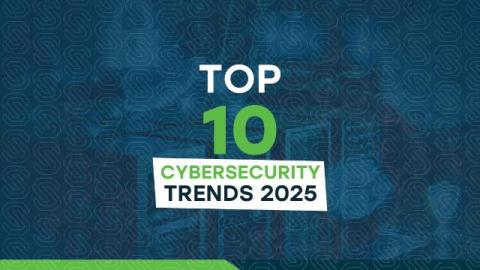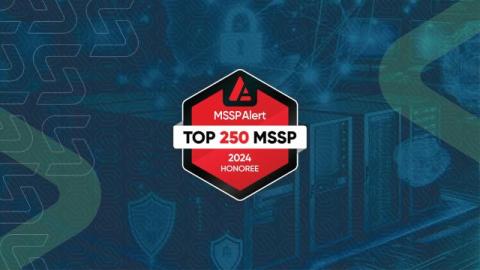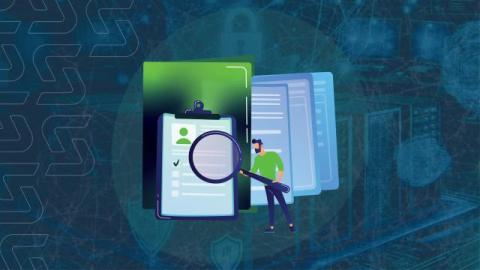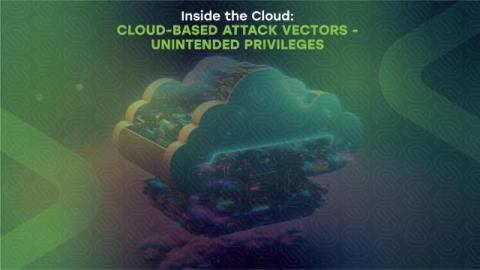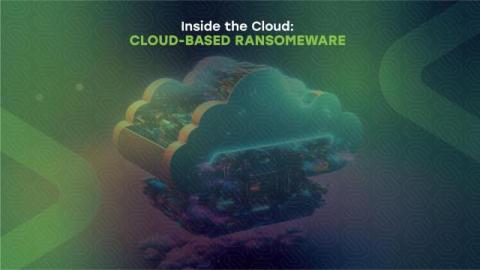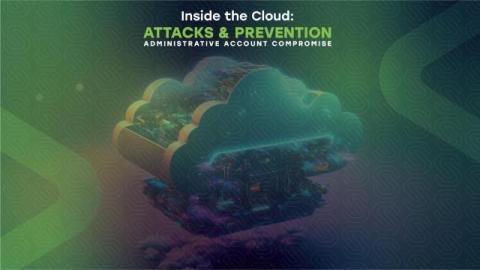Malvertising: Phishing Edition
Online advertising is inevitable on countless websites and services across the Internet. Some attackers have learned to exploit online advertising services to deliver attacks, sometimes called “malvertising.” There are sophisticated attacks in the wild that capture user credentials – even MFA – with a malicious sponsored link and exploit the resulting access.




